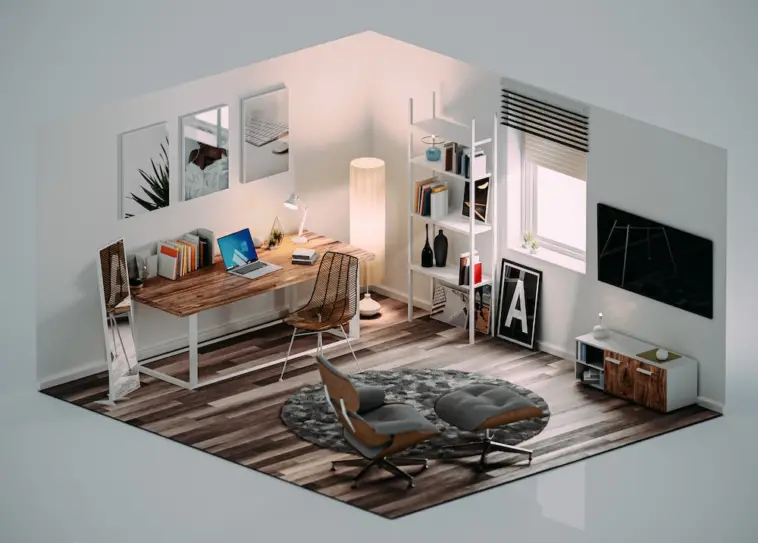In today’s modern age, technology continually transforms how one connects with the world around them. One such revolutionary tool is 3D photogrammetry software, an innovative solution reshaping numerous industries and their societal impacts. Imagine being able to capture and convert the intricacies of the natural world into digital 3D models. How can such a technology change one’s social interactions? This article dives into the crafted connections birthed by 3D design’s rise.
1) Reinventing History: Preserving the Past in 3D
Just as a photo captures a moment, 3D design immortalizes rich history in a dynamic form. Archaeologists and historians, armed with tools like 3D photogrammetry software, can digitize artifacts, historic sites, and ancient relics. Unlike the static images in textbooks, these 3D replicas offer a tangible, interactive connection to one’s past. Imagine a classroom where students can virtually explore ancient ruins or study the intricate details of a long-lost artifact. It’s a bridge between ages, enabling today’s generation to resonate deeply with the stories of yesteryears.
2) Transforming Modern Art: A Blend of Tradition and Technology
Artists are renowned for pushing boundaries, aren’t they? In 3D design, they’re merging traditional artistry with modern techniques. Sculptors, for instance, can integrate 3D design into their creations, allowing them to perfect their models digitally before crafting them physically. Similarly, digital artists harness the power of tools, like 3D software, to create immersive artworks that viewers can engage with in virtual spaces. The lines between the digital and tangible worlds blur, creating a rich tapestry of creative expression.
3) Education Evolved: Interactive Learning Experiences
Remember those school days with two-dimensional diagrams and models? Today, education is undergoing a transformative phase. With 3D design, complex biology, architecture, or engineering subjects become accessible and engaging. Students can dissect virtual frogs, explore the inner workings of machinery, or walk through architectural marvels, all within the confines of their classroom. It’s a leap towards experiential learning, where students don’t just learn; they experience.
4) Making Medical Marvels: Revolutionizing Healthcare
In the vast arena of healthcare, precision is paramount. So, what happens when 3D design meets medicine? Surgeons can visualize intricate bodily structures, making surgeries more accurate. Customized prosthetics, tailored to individual patients using 3D scans, ensure better fittings and improved mobility. Even in training, budding doctors can practice on 3D models, reducing risks and enhancing their skill sets. A blend of technology and medicine, it’s genuinely a match crafted for miracles.
5) Building Sustainable Futures: Urban Planning and Environment
Adobe states, “Stager is a new 3D app to compose and render 3D scenes that offers a variety of new features.”
In the race against climate change, how can 3D design be one’s ally? Urban planners, equipped with 3D models, can visualize entire cities, optimizing infrastructure for sustainability. They can foresee potential challenges, from flooding risks to energy consumption patterns, and craft solutions in advance. Conversely, environmentalists can use 3D design to model ecosystems, studying the intricate interplay of species and their habitats. It’s the melding of vision and precision, paving the way for greener tomorrows.
In essence, the world of 3D design, propelled by advancements like 3D software, is much more than a technological marvel. As one stands on the cusp of this 3D revolution, one thing is clear: one’s connections, crafted in digital dimensions, have the power to make profound real-world impacts.




